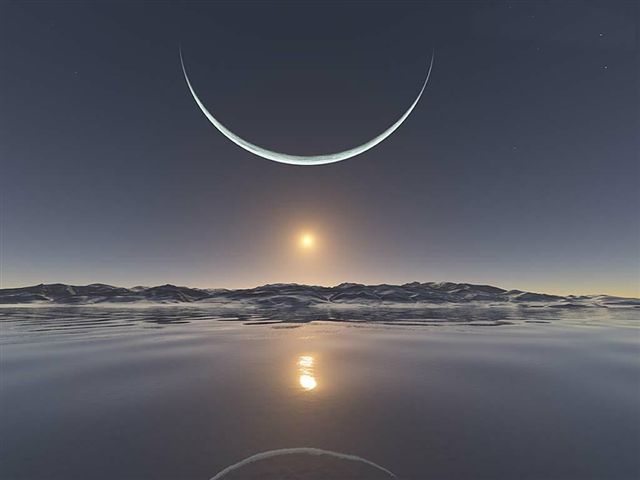Sun's History
The sun has been given many different names over the course of history. Helios is what the Greeks gave the sun for a name, the origin of adjective heliocentric (meaning centered around the Sun). The Romans name the hot burning ball sol.
Until the Middle Ages it was assumed that the Sun orbited the Earth. In the 16Th century, Nicholas Copernicus argues that it was the Earth that travelled around the Sun, and he was not the first to make this suggestion. The Greek Philosopher Aristarchus beat him to it by nearly 2000 years!
Copernicus's view of the Solar System wasn't accepted for many years until Newton Formulated his laws of motion.





